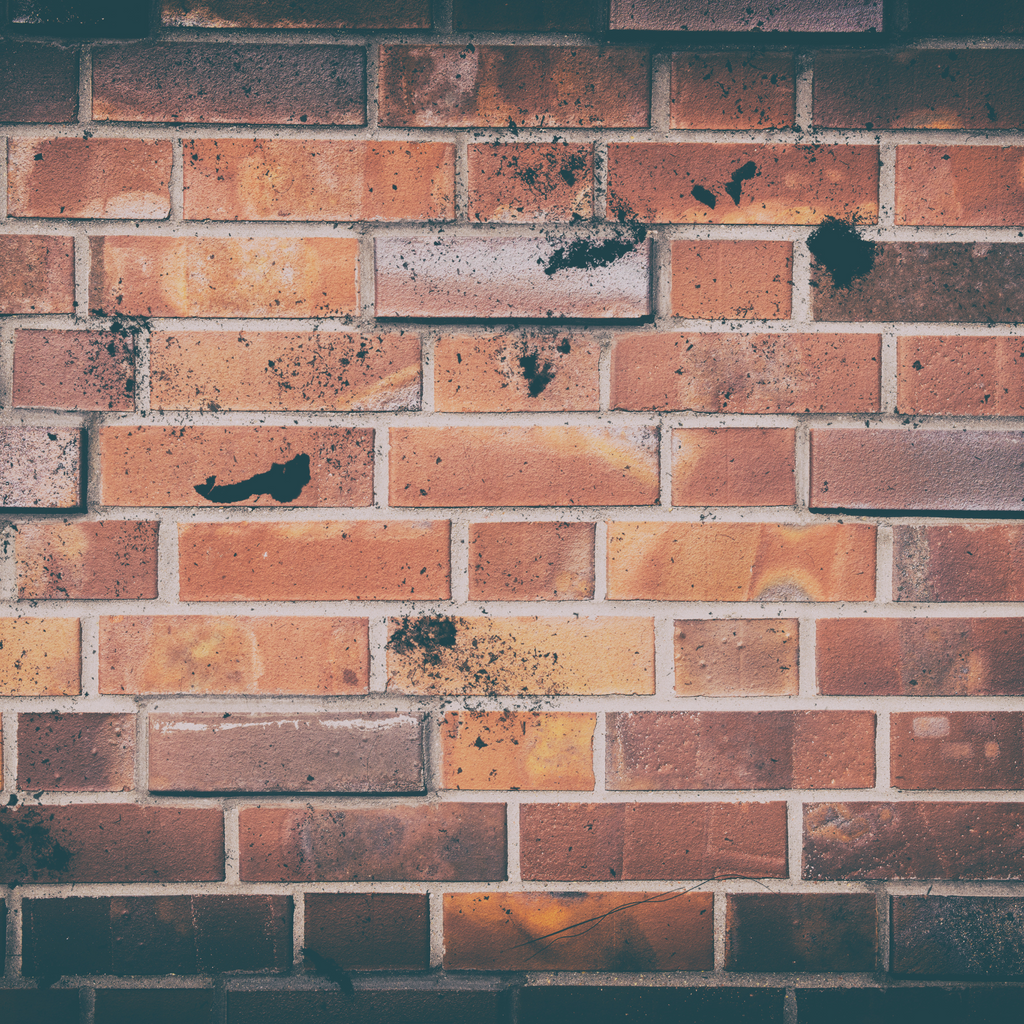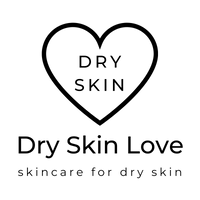The lipid barrier is a part of your skin barrier.
The surface of your skin is covered by a layer of protective lipids and fats, including epidermal lipids and sebum.
These natural lipids and fats help to lubricate and coat your skin cells and nourish your skin.
This article will discuss:
- What is the skin barrier?
- What is the lipid barrier?
- Epidermal lipids in the lipid barrier
- Free fatty acids in the lipid barrier
- Sebum in the lipid barrier
- What are beneficial lipids?
- Summary
- References
What are beneficial fats?
Beneficial fats and lipids help to lubricate and coat your skin cells and, nourish your skin.
Beneficial lipids in your lipid barrier:
- Strengthen the skin barrier.
- Improve the appearance of skin.
- Make skin feel soft and smooth.
- Reduce the appearance of fine lines and wrinkles.
- Relieve dry skin, flaking and scaling.
- Reduce redness and inflammation.
What is the skin barrier?
The skin barrier is essentially what you can see and touch on the surface of your body.
When your skin barrier is healthy, it feels and appears smooth, soft, and plump.
In contrast, a damaged skin barrier looks dry, rough, dull, and dehydrated, and may become irritated and inflamed.
The skin barrier includes the outermost layers of skin, called the stratum corneum.
The stratum corneum can be thought of as a brick wall that protects you.
The "bricks" are the skin cells, called corneocytes, and the "mortar" that holds the bricks together is the lipids or fats, that together create the outer barrier.
Learn More: What is The Skin Barrier?

What is the lipid barrier?
The lipid barrier is a part of your skin barrier.
The surface of your skin is covered by a layer of protective fats, including epidermal lipids and sebum.
- Epidermal lipids include:
- Ceramides
- Free fatty acids
- Cholesterol
- Sebum is made of:
- Triglycerides
- Wax esters
- Squalene
Theses beneficial fats and lipids are naturally found in the lipid barrier and skin barrier and play a critical role in keeping your skin healthy.

Epidermal lipids in the lipid barrier
The surface of your skin is covered by a layer of protective fats, including epidermal lipids.
Epidermal lipids are released from keratinocytes (skin cells) and fill the spaces between the cells, like mortar or cement (Pappas, 2009).
The stratum corneum lipids consist of an equimolar mixture of ceramides (45–50% by weight), cholesterol (20–25%), and free fatty acids (10-15%), with lower quantities of cholesterol sulfate and nonpolar lipids (Verdier-Sévrain et al, 2007).
Free fatty acids in the lipid barrier
The main free fatty acids in the lamellar membranes are:
- 10% palmitic acid (C16:0)
- 10% stearic acid (C18:0)
- 15% behenic acid (C22:0)
- 25% lignoceric acid (C24:0)
- 10% hexacosanoic acid (C26:0)
(Kang et al, 2006; Lin et al, 2017).
Other free fatty acids that are also found naturally in the stratum corneum include:
- oleic acid (C18:1, n-9)
- eicosapentaenoic acid (C20:5, n-3)
- arachidonic acid (C20:4, n-6)
- docosahexaenoic acid (C22:6, n-3)
- linoleic acid (C18:2, n-6)
- α-linolenic acid (C18:3, n-3)
- γ-linolenic acid (C18:3, n-6)
- dihomo-γ-linolenic acid (C20:3, n-6)
(Lin et al, 2017).
Linoleic acid is the most abundant polyunsaturated fatty acid in the skin barrier (Ansari et al, 1970).
Most of the free fatty acids can by synthesized by the keratinocytes and are released into the stratum corneum.
However, linoleic acid and arachidonic acid are essential fatty acids that must be provided externally through diet, supplements or topically through skincare products (Lin at al, 2017).
Learn more: What is Linoleic Acid? Omega 6 Essential Fatty Acid for Dry Skin
Sebum in the lipid barrier
Sebum is an oily, waxy substance produced by your body’s sebaceous glands and eventually released to the surface of the skin. Sebum is primarily made up of non-polar lipids as triglycerides, wax esters and squalene. Sebum coats the skin, seals in moisture, and protects your skin from getting too dry (Pappas, 2009).
The composition of human sebum collected from the skin surface is typically 1.4% cholesterol, 16% fatty acids, 40% triglycerides, 25% wax monoesters, 2% cholesterol esters and 12% squalene (Downing et al, 1969).

Summary
The surface of your skin is covered by a layer of beneficial fats, including epidermal lipids and sebum.
Epidermal lipids are released from keratinocytes (skin cells), and are a mixture of ceramides, free fatty acids and cholesterol. These lipids are released from skin cells and fill the spaces between the cells, like mortar or cement.
Sebum is an oily, waxy substance produced by your body’s sebaceous glands and eventually released to the surface of the skin. Sebum is primarily made up of non-polar lipids as triglycerides, wax esters and squalene. Sebum coats the skin, seals in moisture, and protects your skin from getting too dry.
These natural fats and lipids help to lubricate and coat your skin cells and, nourish your skin.
References
Ananthapadmanabhan KP, Mukherjee S, Chandar P. Stratum corneum fatty acids: their critical role in preserving barrier integrity during cleansing. Int J Cosmet Sci. 2013 Aug;35(4):337-45.
Ansari, M.N.; Nicolaides, N.; Fu, H.C. Fatty acid composition of the living layer and stratum corneum lipids of human sole skin epidermis. Lipids 1970, 5, 838–845.
Downing, D.T., Strauss, J.S. and Pochi, P.E. Variability in the chemical composition of human skin surface lipids. J. Invest. Dermatol. 53, 322–327 (1969).
Kang, L.; Ho, P.C.; Chan, S.Y. Interactions between a skin penetration enhancer and the main components of human stratum corneum lipids. J. Therm. Anal. Calorim. 2006, 83, 27–30.
Lin TK, Zhong L, Santiago JL. Anti-Inflammatory and Skin Barrier Repair Effects of Topical Application of Some Plant Oils. Int J Mol Sci. 2017 Dec 27;19(1):70.
Pappas A. Epidermal surface lipids. Dermatoendocrinol. 2009 Mar;1(2):72-6.
Verdier-Sévrain et al. (2007). Skin hydration: a review on its molecular mechanisms. Journal of Cosmetic Dermatology, 6, 75–82.
Author Information

Dr. Natasha Ryz is a scientist, skin care expert and an entrepreneur. She is the founder of Dry Skin Love Skincare, and she creates skincare products for beauty, dry skin and pain relief.
Dr. Ryz has a PhD in Experimental Medicine from the University of British Columbia in Vancouver, and she is a Vanier scholar. She also holds a Master of Science degree and a Bachelor of Science degree from the University of Manitoba in Winnipeg.
Natasha is the former Chief Science Officer of Zenabis Global, and she oversaw cannabis extraction, analytics, and product development. Her team brought 20 products to market including oils, sprays, vapes and softgels.
Why I Started A Skincare Company



